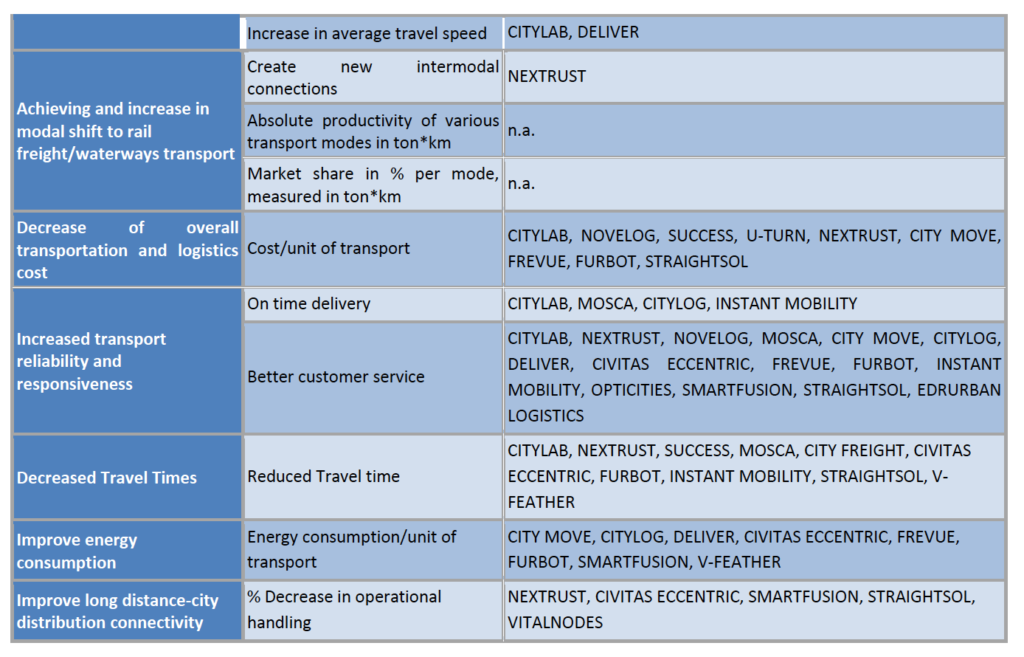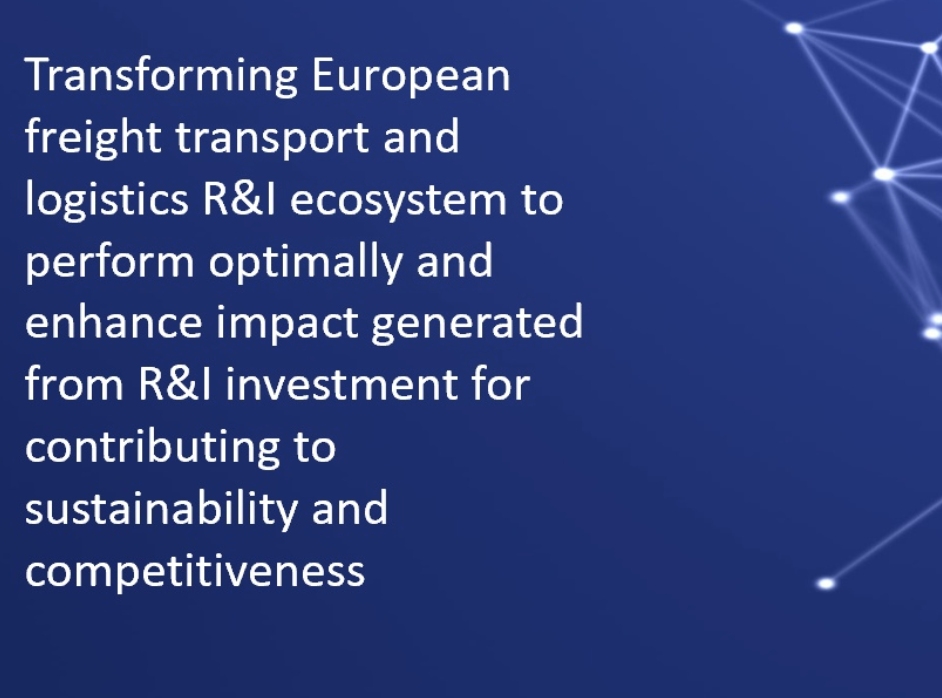Freight transport and logistics face critical challenges to address climate change, ensure supply chains are well functioning, and people are served with the required type of goods and services. In particular, coping with the expected growth of freight transportation and transition to zero-emission logistics up to 2030 requires collaboration speeding up innovation.
BOOSTLOG Vision is transforming the European freight transport and logistics R&I ecosystem to perform optimally by boosting impact generation out of R&I investment contributing to EU policy objectives towards climate neutrality, pollution, congestion and noise reduction, free movement of goods, internal security, digital transformation of logistics chains and data sharing logistics ecosystems and companies sustainability and competitiveness generating value for society.
To do so, BOOSTLOG has identified four primary areas of action:
- Increase visibility and support valorisation of R&I project Results, Outcomes, and Implementation Cases in the freight transport and logistics field
- Develop and implement valorisation strategies and guidelines to speed up the technological and organisational innovation uptake, including creating the Innovation Marketplace and recommendations to increase impact of R&I public funding.
- Define high potential & priority R&I gaps to make efficient uses of R&I investments.
- Strengthen R&I impacts communication and Stakeholders engagement in the innovation process.
In the framework of the first of those actions, BOOSTLOG has mapped and assessed more than 160 EU-funded R&D projects in different freight transport and logistics domains (i.e., the Logistics Clouds) to develop eight comprehensive and industry actionable reports. The first document is focused on urban logistics.
Deliverables will later complement these reports on valorization strategies and guidelines for public R&I uptake, an innovation marketplace for R&I uptake, and the identification of high priority and potential R&I gaps that need to be prioritized for future R&I actions targeting policymakers.
The projects analyzed showed that the most critical issue in implementing urban logistics initiatives and policies is the lack of relevant data for urban logistics. Currently, there are very few cities collecting data that can help define the state of the art of urban logistics practices, preventing, on the one hand, local authorities from having evidence of the problems and externalities resulting from urban logistics and, on the other hand, operators from having visibility of the progress and improvements achieved by adopting new innovative solutions for the performance of their services.
The frequency of data collection also stems from this problem. Some cities, also through some European projects, collect “one-off” data relevant for urban logistics when implementing some measures, defining some policies, or writing a SULP. Still, then the data are not collected regularly. In this sense, some experts interviewed stressed the need to have a concrete plan of collection of data made systematically for freight.

Another critical issue is the poor involvement of the industry and the market players. Although these actors are formally involved in several R&D projects on urban logistics, the approach of these projects does not appear to be sufficiently market-oriented. This hinders the commitment of urban logistics operators who do not see their priorities reflected in the initiatives and policies adopted by local authorities. It also hinders the transferability of the best practices tested in other cities.
When looking at the implementation cases showcased in this report, one can identify one common success factor: the collaboration between private and public stakeholders, establishing the right dialogue, and alignment of challenges in the city. Cases of European projects where industry priorities were identified, supported, and integrated into policy making were those that generated further developments beyond the project duration. On the other hand, of course, the city must have a clear picture of the externalities arising from urban logistics and steer, through policymaking, the practices of operators towards increasingly sustainable models.
Source: Boostlog

